#charles geoffroy
Explore tagged Tumblr posts
Text

Jean Grandville (1803–1847) - La mauvaise étoile (The Evil Star)
from 'Les étoiles', 1849
engraverd by Charles Geoffroy
source
#jean grandville#jean inias isidore gerard grandville#la mauvaise étoile#the evil star#les étoiles#the stars#charles geoffroy#19th century art#19th century#allegory#dark art#art#book illustration#illustration#metal engraving#engraving
222 notes
·
View notes
Text
Arcane (timeline)/Zaun:

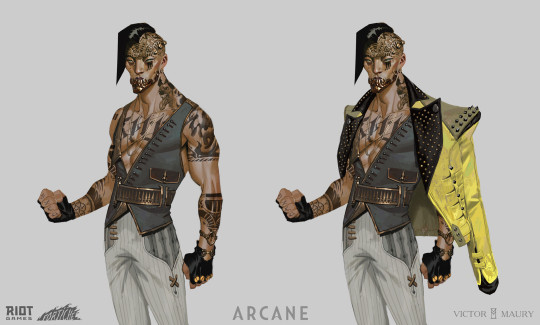
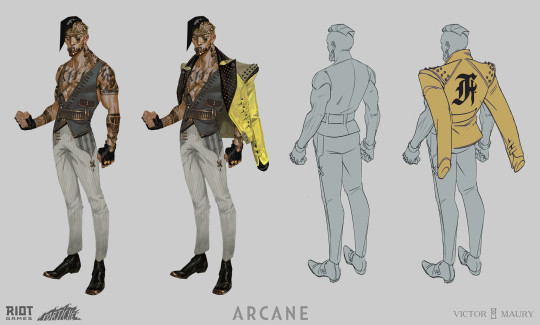



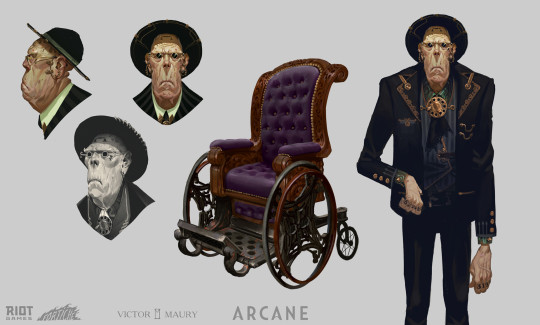
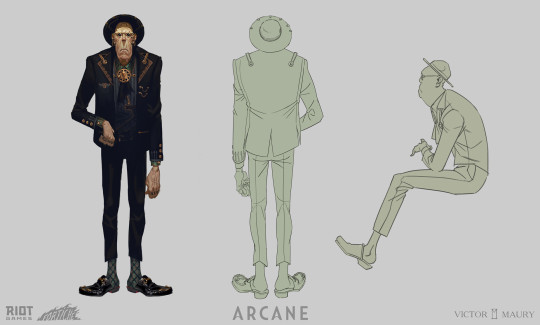

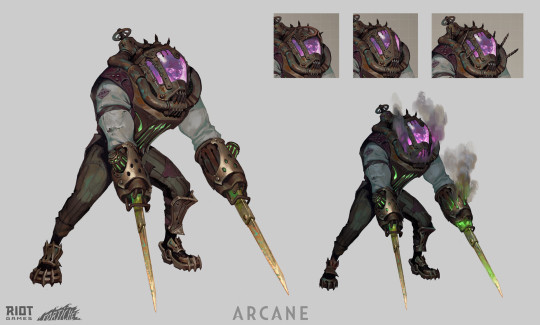
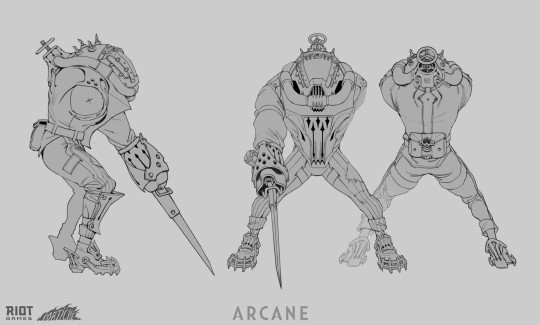
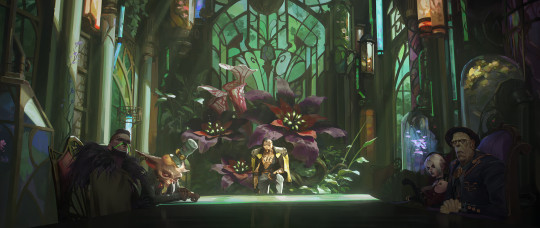
Chem Baron Finn & Chross League of legends/Riot games/Arcane teamAll credits to: • Victor Maury • Character Design
"Slickjaws provide useful services to those looking to eliminate a problem, whether by their own hand or ours."- Finn
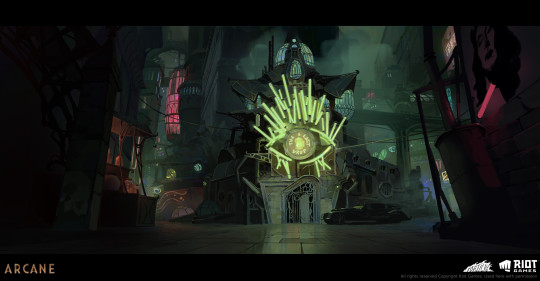
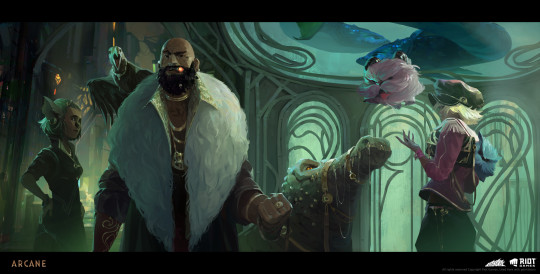
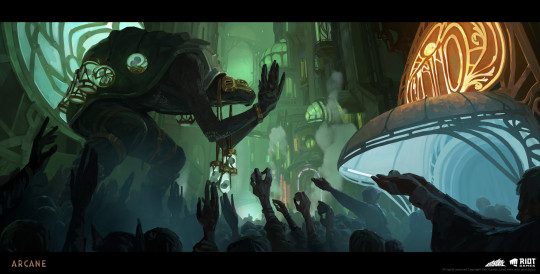
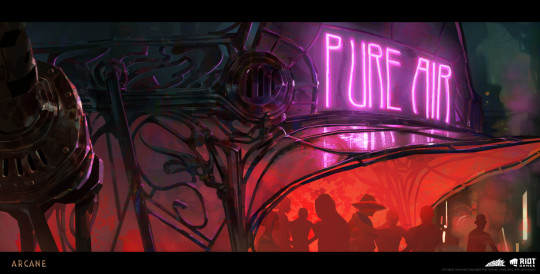
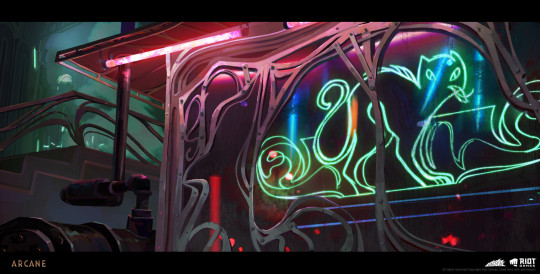


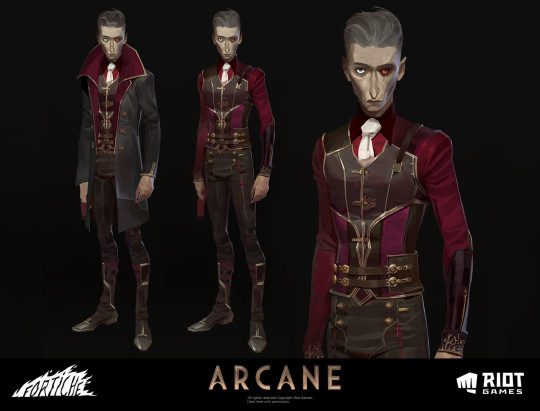
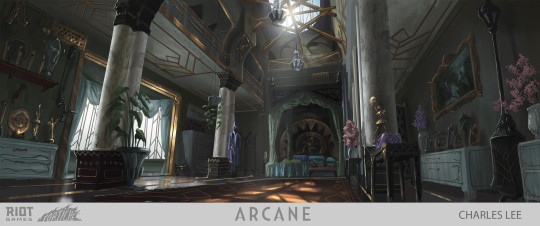

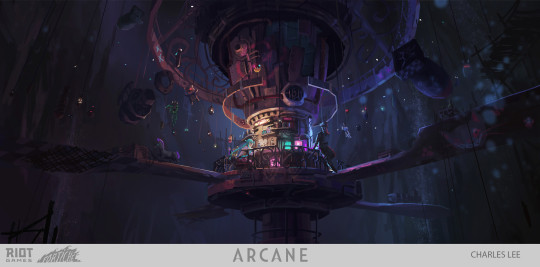
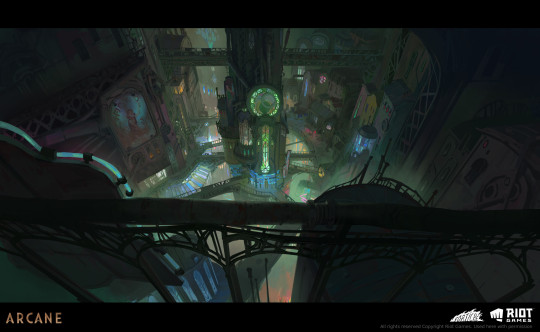
Riot games/Arcane team Credits to: Charles Lee, alexandre mahboubi, Tomas Osang Muir,Bruno Couchinho, Ivan Pozdnyakov, Geoffroy Thoorens The Art of Arcane Fanart belongs to: Marco Brunelleschi
´´ The only way to defeat a superior enemy is to stop at nothing. To become what they fear.``The eye of Zaun.

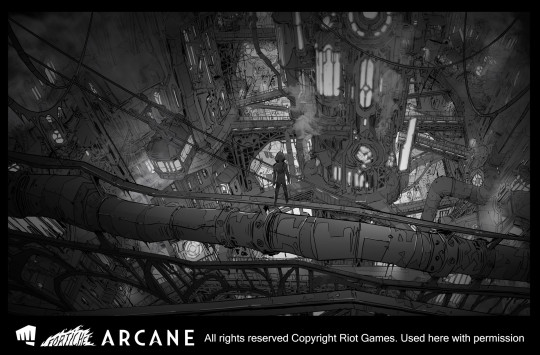
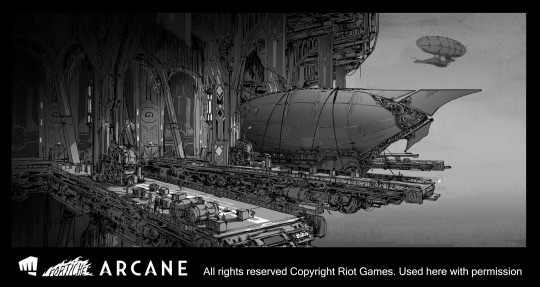
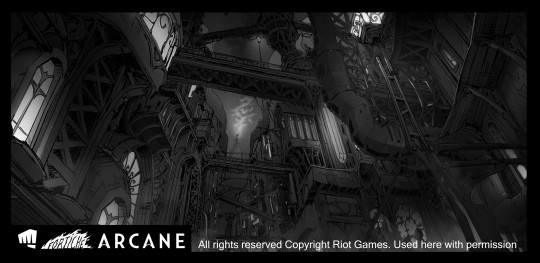

"I’d like to let you in on a very important secret I learned when I was about your age, boy. You see, power, real power doesn’t come to those who were born strongest or fastest or smartest. No. It comes to those who will do anything to achieve it..."
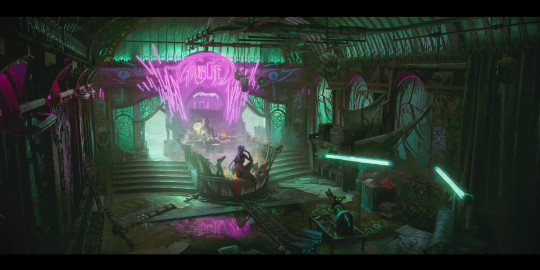
#character art#riot games#character design#league of legends#champion design#silco#arcane finn#arcane chross#chem baron#zaun#piltover#fanart#singed
89 notes
·
View notes
Note
ur username has always been so cool to me im curious where u got it/the idea for it from
thank you :3 transmutationism or 'transmutation of species' is one of several outmoded English terms for theories of biological evolution commonly used prior to the 'Darwinian revolution' sparked by the publication of the Origin of Species in 1859. 'transmutationism', so-named for the suggestion that novel life-forms appear when one species 'transmutates' into a new one, was particularly associated with circles of materialist, atheist, usually republican medical students and teachers in and around Edinburgh in the 1820s–30s, though the term was applied in varying places and times during the first half of the 19th century.
medical schools at this time throughout Europe tended to nurture more radical and heterodox thinking than many other scientific institutions, particularly those with state patronage. the 'Edinburgh transmutationists' included figures like Robert Grant, who helped disseminate the 'freethinking' and atheistic ideas of French biologists like Jean-Baptiste Lamarck and Étienne Geoffroy St.-Hilaire; early French evolutionary ideas were often repurposed by working-class radicals who interpreted ideas of biological malleability as providing a basis to challenge the rigid social and economic hierarchies of English society (much as some of the French revolutionaries had tried to do in the 1790s). the arguments of the Edinburgh transmutationists were largely marginalised among the London scientific set by the 1840s–50s for a number of reasons, supplanted by more conservative theories of evolution such as that of Robert Chambers (published anonymously in 1844) and eventually Charles Darwin (who was himself more than incidentally 'Lamarckian' but whose supporters tended to minimise this fact in favour of a rhetorical strategy positioning Darwin's work as a singular breakthrough theory and a novel supercession of Christian and teleological thinking in biology). also the involvement of famous transmutationist Robert Knox with the infamous Burke and Hare corpse-procurement murders in 1828 was not particularly helpful for evolutionary/transmutationist theory as far as PR went.
some other non- and pre-Darwinian terms for evolution that you may see include 'transformation' or 'transformism' (from the French transformisme, favoured in Lamarck's work in the 1800s–20s and later revived by the neo-Lamarckians of the Third Republic), the 'developmental hypothesis', or sometimes more euphemistically the 'species question'. the term 'evolution', although used as early as 1811 in the Edinburgh Review to refer to Lamarck's theory of species transformation, was in the 18th and early 19th centuries primarily used in biology to refer to an unrelated theory in embryology (see: recapitulation) and didn't become a consensus term in the way we now use it until after the publication and institutional adoption of (certain versions of) Darwin's theory of species development.
41 notes
·
View notes
Text
Throwback Thursday: The Father of Paleontology

This is Jean Léopold Nicolas Frédéric, baron Cuvier better known as simply George Cuvier. He was French naturalist and zoologist who is known for his work in comparative anatomy, specifically in regards to comparing fossils to living organisms. His work is considered the foundation of vertebrate paleontology because he expanded Linnaean taxonomy into phyla and included extinct animals.

In fact, he separated invertebrates and vertebrates which is a HUGE deal in biology. We've all learned the difference between those two major groups.
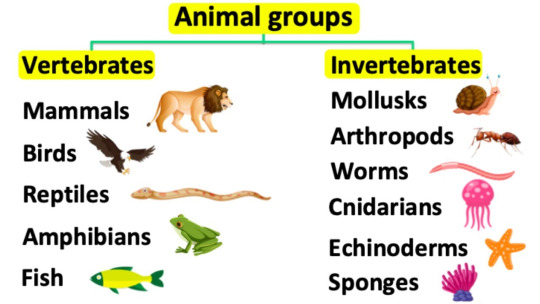
He also studied strata in the Paris basin Alexandre Brongniart which established the basic principles of biostratigraphy. They concluded that that the layers had been laid down over an extended period during which there clearly had been faunal succession and that the area had been submerged under sea water at times and at other times under fresh water. This led to the law of faunal succession which states that fossils appear and disappear in specific sedimentary rock strata.

He named many famous prehistoric animals we know today such as the Mastodon,

Megatherium,

and Pterodactylus.

He also described Mosasaurus.

He was a big proponent of catastrophism, the idea that the Earth's geological features were shaped by sudden, violent events. He was very against evolution which was primarily proposed by Jean-Baptiste de Lamarck and Geoffroy Saint-Hilaire at the time.

A deep-rooted source of his opposition to the gradual transformation of species was his goal of creating an accurate taxonomy based on principles of comparative anatomy. (This is why Linnaean taxonomy doesn't work and is not used by paleontologists today).

He was the first person to propose extinction though. His primary evidence for his identifications of mammoths and mastodons as separate, extinct species was the structure of their jaws and teeth. His primary evidence that the Megatherium fossil had belonged to a massive sloth came from his comparison of its skull with those of extant sloth species.


Many famous naturalists opposed his extinction theory including Charles Lyell and Charles Darwin. Unlike Cuvier, they didn't believe that extinction was a sudden process; they believed that like the Earth, animals collectively undergo gradual change as a species. This differed widely from Cuvier's theory, which seemed to propose that animal extinction was catastrophic.
We now know that both were right. Some extinctions are gradual while others are catastrophic. Just ask the dinosaurs.

He also speculated that there was a time when reptiles, not mammals were the dominant life forms on earth which was confirmed in the two decades following his death.

There's even more I can go into but for now, those are the big things he contributed to the science. Tune in tomorrow to learn about a well-known group of animals that appeared in the Ordovician Period. Fossilize you later!
#paleontology#fossils#geology#science#science education#fun facts#science history#biology#comparative anatomy#megatherium#mastodon#pterodactylus#catastrophism#biostratigraphy#vertebrates#invertebrates#extinction#phyla#mosasaurus
14 notes
·
View notes
Text

Jean-Baptiste Lislet Geoffroy (known as Geoffrey L’Islet) (August 23, 1755 – February 8, 1836) was a French astronomer, botanist, and cartographer.
L he was born in Saint-Pierre, Réunion. He was the son of Jean-Baptiste Geoffroy a white, French engineer working in Mauritius, and Niama, an enslaved Senegalese princess. His father had freed his mother to ensure his son was not born enslaved. He worked in geology, showing that the shoal, Isle Plate around Mauritius was formed by the debris of the crater of a volcano.
He was the uncle of abolitionist novelist Louis Timagène Houat. He married and had two children. His wife died in 1804.
At age 15, he entered the engineer corps and moved to Mauritius where he worked and studied astronomy and mathematics under Bernard Boudin de Tromelin, known as le Chevalier de Tromelin. When the Anglo-French War began, he was made assistant pilot, serving with de Tromelin. He became a draughtsman to the engineers of the Isle de France.
He was appointed to map Mauritius, and his success in the project earned him a commission as a Geographical Engineer. Avoiding the reign of terror, he was commissioned in 1794 to visit and chart Seychelles, and his success there earned him the promotion to assistant officer in the body of military engineers. When Captain-General Charles Mathieu Isidore Decaen took charge of Mauritius, he was promoted to captain, and when Isle de France was captured, he became chief of the commission for the inspection of the island.
He was elected to the French Academy of Sciences. The academy was dissolved during the French Revolution, and he was not among those reinstated when it was reformed in 1793. Unable to return to France, he founded the Société des Sciences et Arts de l’Ile de France. He was the only man of color to have been a member of the academy.
Among his many works was a map of the Isles of France and Reunion published first in 1797 and second in a corrected version in 1802. He published a chart of Seychelles and a map of Madagascar. He made a voyage to Madagascar, and his account of the voyage was published in Malte-Bruns Annales de Voyages. #africanhistory365 #africanexcellence
5 notes
·
View notes
Text

1310 Decade End Summary - Royal Family Edition
Here is an update of where the royal and noble families are at the end of 1319.
House Stagfield
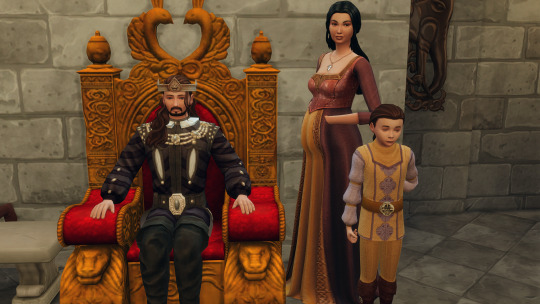
King Philip (Gen 1) - 33 years old
Lady Edrea Ashdown (Gen 1) - 40 years old
Arthur Fitzroy (Gen 2) - 8 years old
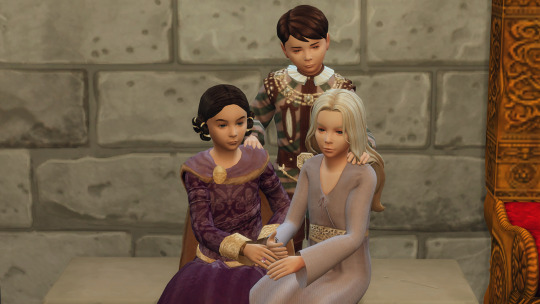
Princess Letha (Gen 2) - 10 years old
Prince Philip (Gen 2) - 6 years old
Princess Margery (Gen 2) - 5 years old

Queen Genevieve (Gen 1) - 31 years old
Sir Nehemiah (Gen 1) - 31 years old
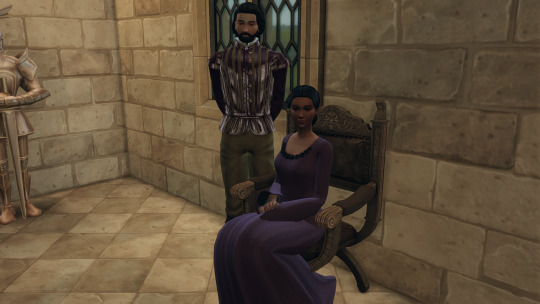
Prince Evrard (Gen 1) - 31 years old
Princess Fiora (Gen 1) 31 years old
House Dalriada
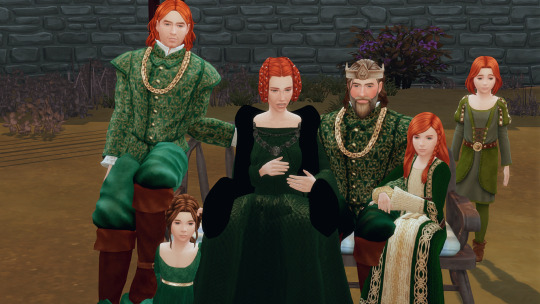
King Duncan (Gen 1) - 47 years old
Queen Moira (Gen 1) - 37 years old
Prince Ewan (Gen 2) - 19 years old
Princess Fiona (Gen 2) - 11 years old
Princess Alisa (Gen 2) - 7 years old
Princess Mary (Gen 2) - 5 years old
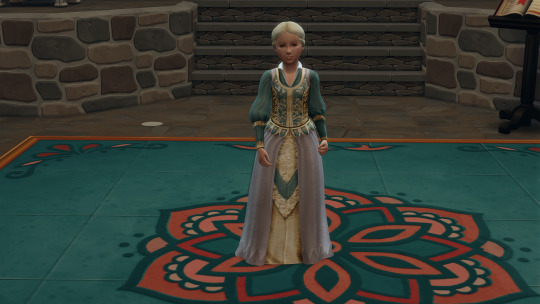
Princess Ceanna Stagfield (Gen 2) - 11 years old
House Gilbert
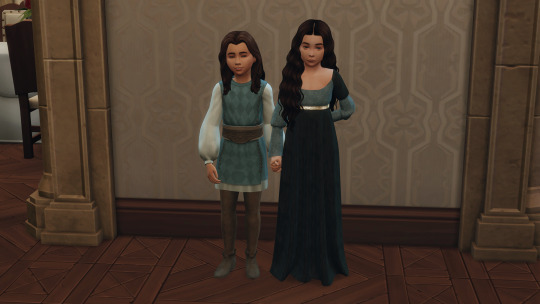
Earl Ronan (Gen 2) - 6 years old
Lady Annora (Gen 2) - 9 years old
House Davenport
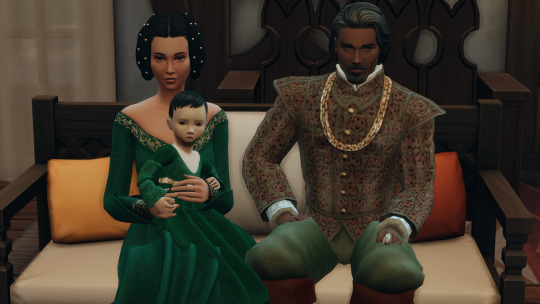
Baron Trystrem (Gen 1) - 44 years old
Baroness Catelyn (Gen 1)- 34 years old
Lady Amelia (Gen 2)- 1 years old
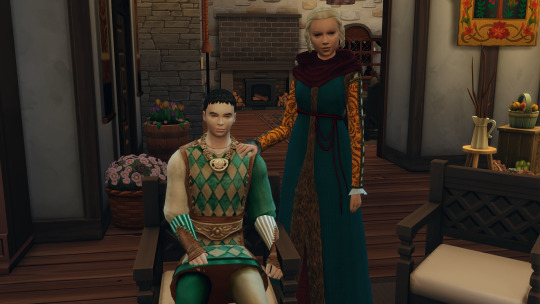
Lord George (Gen 2) - 16 years old
Lady Antonia (Gen 2) - 18 years old
House Clarillot
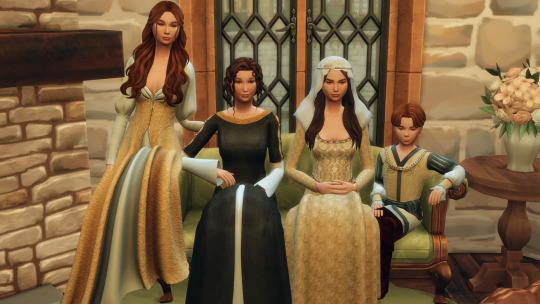
Queen Dowager Emma (Gen 1)- 37 years old
Princess Isabella (Gen 2) - 13 years old
Princess Blanche (Gen 2) - 13 years old
Prince Louis (Gen 2) - 7 years old
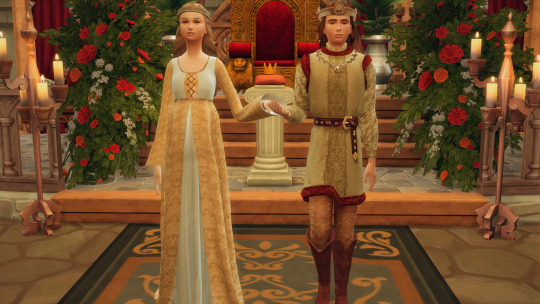
King Geoffroi (Gen 2) - 16 years old
Queen Margaret (Gen 2) - 16 years old
House Brabant

Duke Pierre (Gen 1) - 25 years old
Princess Anais (Gen 1) - 25 years old
Lady Cateline (Gen 2) - 7 years old
Lady Eleanor (Gen 2) - 2 years old
House Almanzor
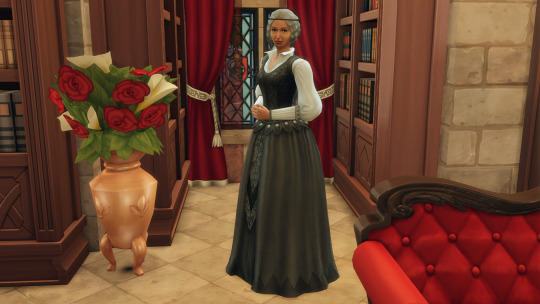
Queen Regent Ines (Gen 0) - 52 years old
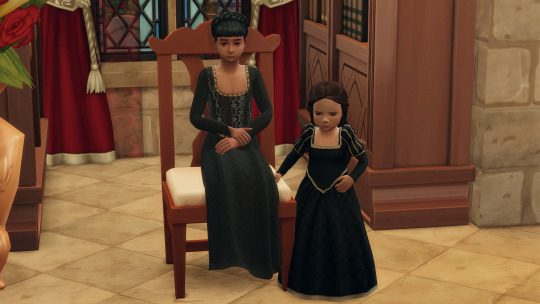
Princess Dionora (Gen 2) - 9 years old
Princess Constance (Gen 2) - 3 years old
Deaths 1310 to 1319: (18 sims)
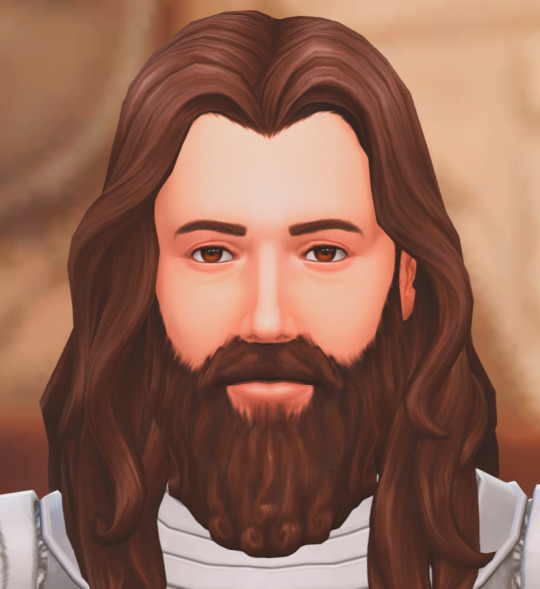

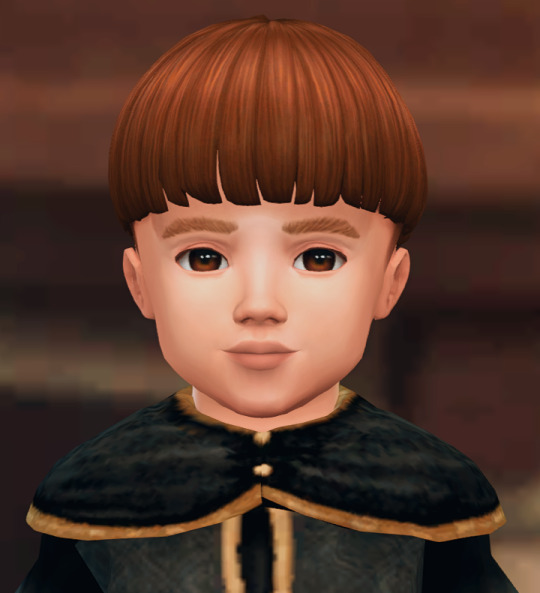
King Henri I: (1254 -1314) / Age: 60 years old
King Henri II: (1285 - 1315) / Age: 30 years old
Princess Marie Clarillot: (1310-1310) / Age: 0 years old
Prince Henri Clarillot: (1314- 1316) / Age: 2 years old
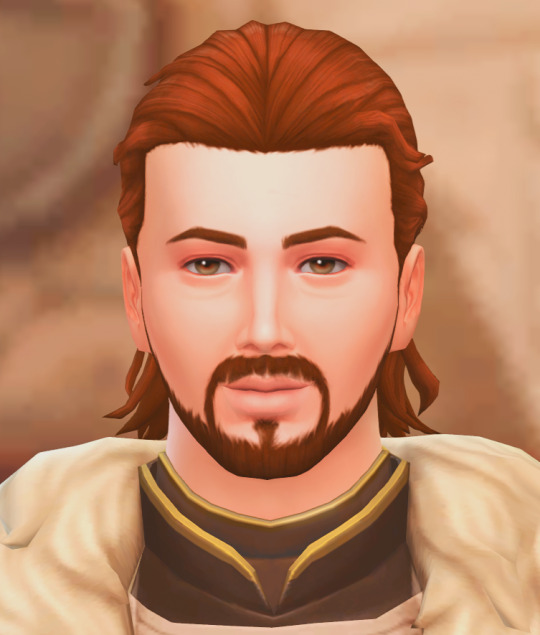
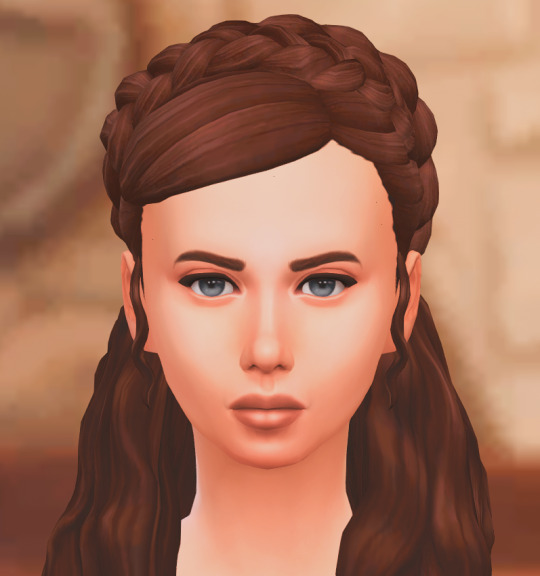
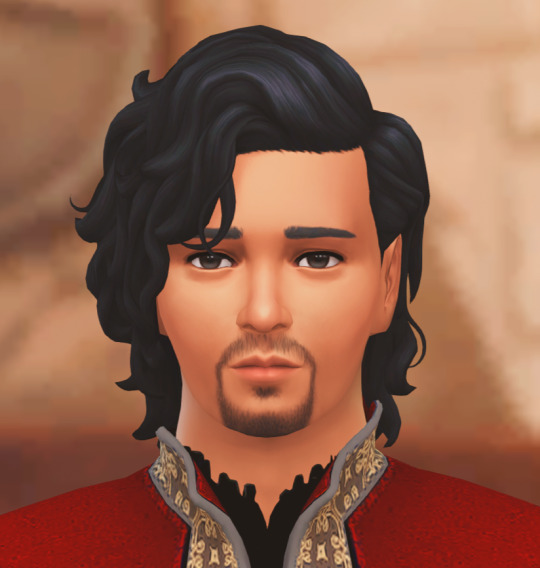
Prince Robert Clarillot: (1316-1316) / Age: 0 years old
Duke Charles Brabant: (1265-1318) / Age: 53 years old
Lord Richard Brabant: (1315-1315) / Age: 0 years old
Princess Elise Almanzor: (1289-1316) / Age: 27 years old
Prince Adrian Alamanzor: (1281-1316) / Age: 35 years old
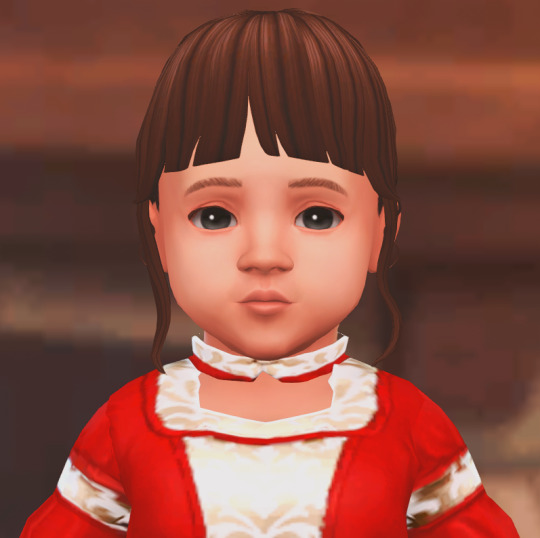
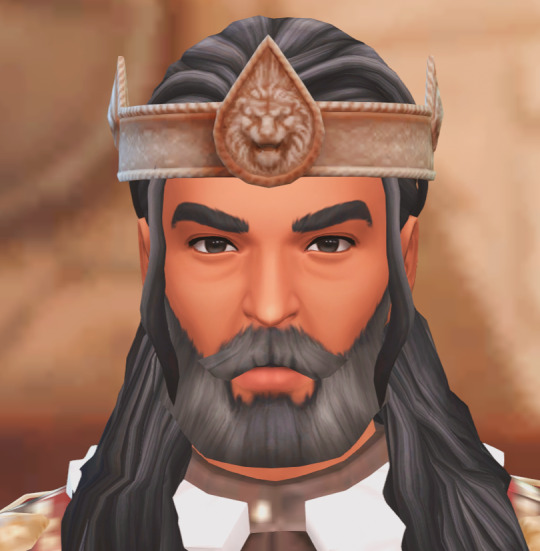

Princess Carlota Alamanzor (1312-1313) /Age: 1 years old
King Mateo Alamanzor (1267-1318) / Age: 51 years old
Countess Synnove Gilbert (1265-1316) / Age: 51 years old
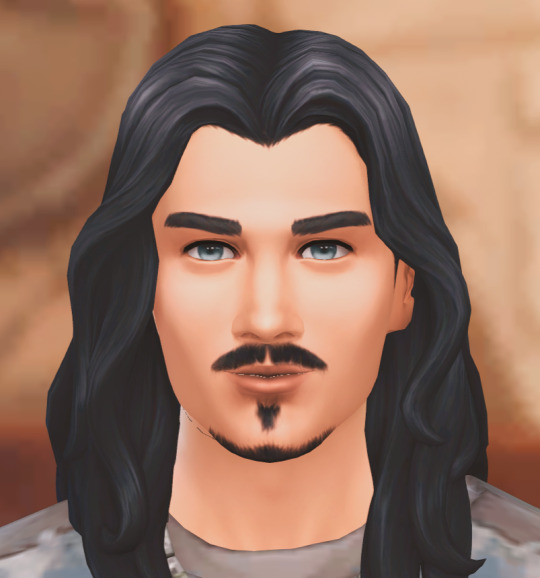
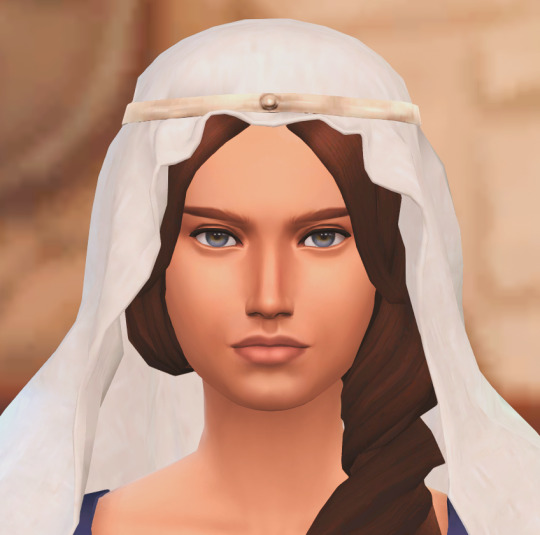
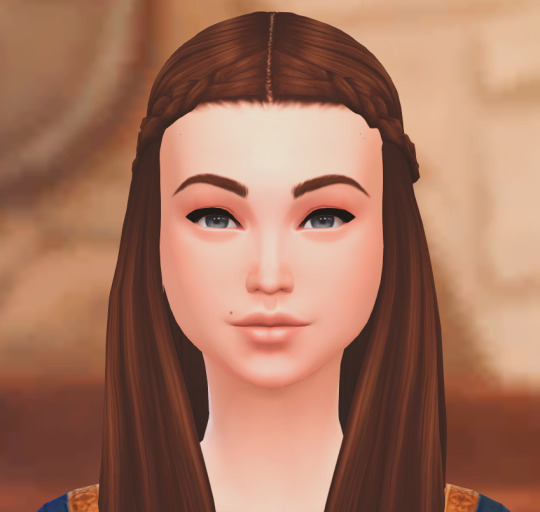
Earl Nolan Gilbert (1289-1315) / Age: 26 years old
Countess Eda Gilbert (1296-1315) / Age: 19 years old
Countess Cecilia Gilbert (1289-1310) / Age: 21 years old
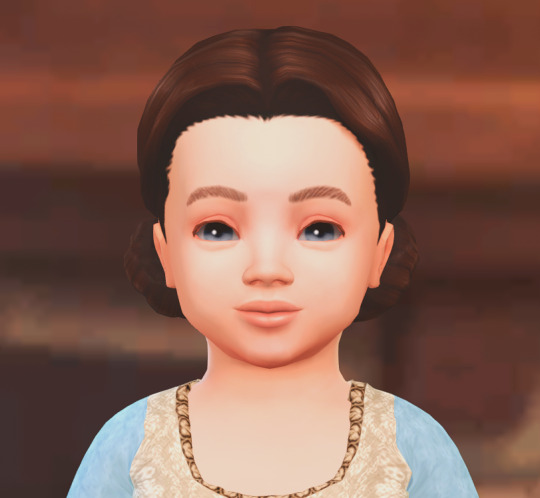

Lady Rose Gilbert (1308-1313) / Age: 5 years old
Lady Wilmaette Stagfield (1308-1313) / Age: 5 years old
Lady Jane Stagfield (1314-1314) / Age: 0 years old
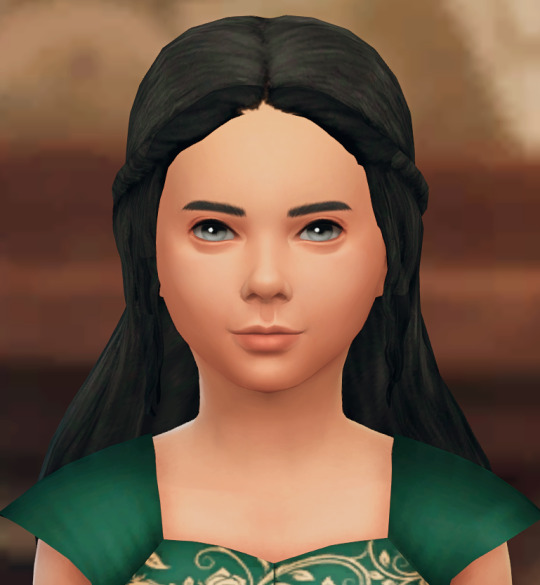
Lord Edmund Stagfield (1315-1315) / Age: 0 years old
Lady Elsa Davenport (1313-1318) / Age: 5 years old
Prince Fin Dalriada (1313-1314) / Age: 1 years old
#sims 4#sims 4 gameplay#sims 4 history challenge#ts4#ultimate decades challenge#simblr#ts4 decades challenge#ts4 gameplay#ts4 legacy#ts4 simblr#royallegacychallenge#royal sims 4#royal simblr#royals#sidehousehold#house clarillot#house stagfield#house davenport#house gilbert#house almanzor#house dalriada#house brabant#1310s
6 notes
·
View notes
Text

Antoine Monnier in The Devil, Probably (Robert Bresson, 1977)
Cast: Antoine Monnier, Tina Irrisari, Henri de Maublanc, Laetitia Carcano, Nicolas Deguy, Régis Hanrion, Geoffroy Gaussen, Roger Honorat. Screenplay: Robert Bresson. Cinematography: Pasqualino De Santis. Production design: Eric Simon. Film editing: Germaine Artus. Music: Philippe Sarde.
I admire Robert Bresson's films. How can one not? But his next-to-last, The Devil, Probably, tried my patience. The unrelieved inexpressiveness of his characters becomes monotonous to the verge of seeming like a parody of a film about people suffering from existential depression. We are shown the causes of their malaise in footage of environmental devastation ranging from images of the victims of mercury poisoning in Minimata, Japan, to the clubbing of baby seals, to tests of nuclear bombs. But we have all seen and reacted to those images ourselves, and somehow manage not to walk around without at least the occasional smile or laugh. Does Bresson mean to suggest that we are somehow at fault in not becoming suicidal, like his protagonist, Charles (Antoine Monnier)? The film is an implied response to the familiar statement by Camus: "There is only one really serious philosophical problem, and that is suicide." Charles can find no reason to continue living in a world that disgusts him. Intellectually, the film is a work of real brilliance, but it fails to communicate its ideas in a way that engages me dramatically and emotionally. We suspect from the beginning, when we see newspaper headlines about a young man who is first thought to have committed suicide but later to have been murdered, that they're about one of the characters in the film, and we soon realize that it's Charles. So the only dramatic tension in the film centers on the specific way in which this foreknowledge will manifest itself. And so I'm torn. The Devil, Probably is a work I can admire on an intellectual level, but despite some remarkable sections, like Charles's visit to a psychoanalyst, or a scene on a bus that not only tantalizes by what happens in it but also provides the title of the film, it seems to me to fall short as a work of cinematic art. That said, just thinking about it makes me eager to see it again.
3 notes
·
View notes
Text
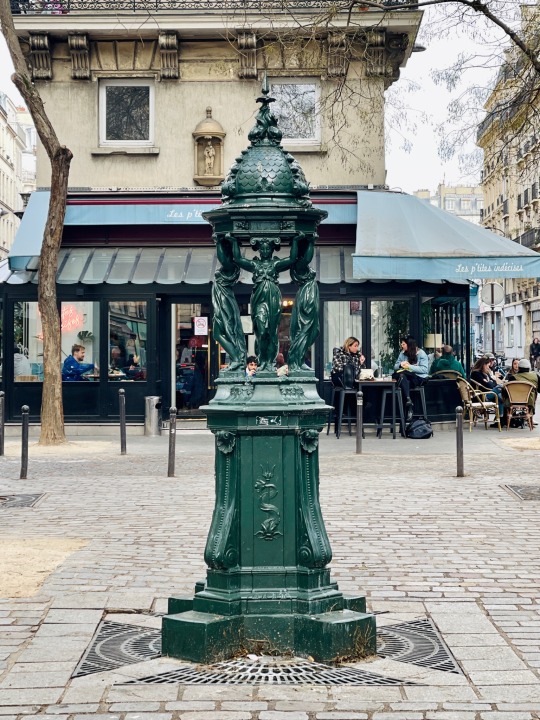
.
Thursday Throwback… Wallace Fountain
Wallace fountains are named after their donor, Sir Richard Wallace (1818-1890). Inspired by London's "drinking fountains", they were originally fitted with pewter cups held in place by a chain, which were removed for hygiene reasons in 1952. The first Wallace fountain was installed in 1872 on Boulevard de la Villette.
Born in London Richard Wallace spent most of his life in Bagatelle (Parisian suburbs). Heir to a large fortune, this philanthropist donated 50 drinking fountains to the city after seeing Parisians suffer water shortages during the siege of Paris and the Commune in 1871. Such was the response that he financed a further 10 fountains in 1876, and a further 10 three years later. In this respect, the Wallace fountains were the first major public/private cooperative effort to meet an essential human need: providing access to drinking water for all. Designed as true works of art, the Wallace fountains are adorned with four caryatids, each representing an allegory: Simplicity, Kindness, Sobriety and Charity. Today, 107 of them can be admired in the streets of the capital. The fountains are still in operation today, providing drinking water for tourists and Parisians alike. (They operate from March 15 to November 15, in order to minimize the risk of freezing temperatures during the winter months and jeopardizing internal plumbing)
Sculptor Charles-Auguste Lebourg used cast iron, a hard-wearing material that was easy to produce. The fountain parts, representing 600 kilos of cast iron, were cast in three pieces (base, central part and cap). Today, the original mold is still used to create new models. The choice of color goes back to Napoleon III and his desire to introduce nature into the city. The color was imposed by the City of Paris to ensure the coherence of the urban landscape, like the newsstands and the colonne Morris. (Source
There’s only one Surface-mounted fountain left (rue Geoffroy-Saint-Hilaire, near the Jardin des Plantes)
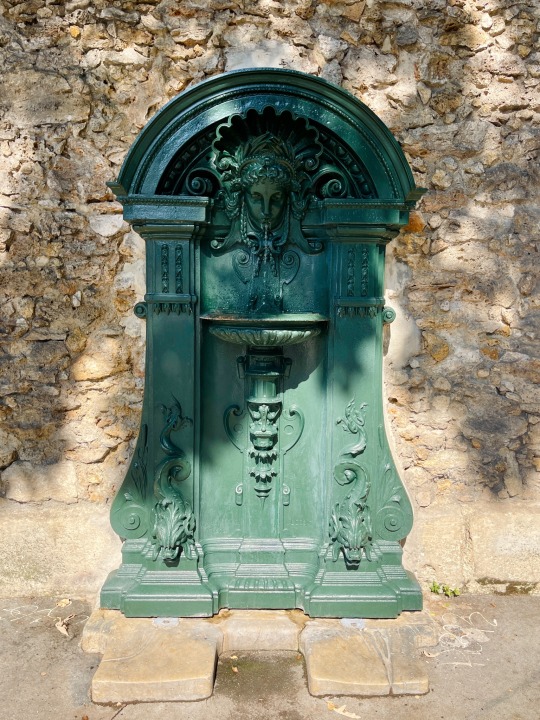
5 notes
·
View notes
Text










Notre-Dame: The gargoyles of the middle ages and the chimeras of Viollet-Le-DUC The Gargoyles of Notre-Dame are famous. They were set up at the end of the gutters to evacuate the rain water from the roof and designates only the ends of the water flow ducts. They often have the form of fantastic, even scary animals. They're dating back to the middle ages.
The chimeras on the other hand are fantastic, evil and often grotesque statues.
They only have a decorative effect. We find them at the top of the building at the top of the facade, at the level of the railing crowning the superior gallery that connects the two towers and extends on the four faces of these, the gallery of the chimeras. All angles of this railing serve as support or perch to demons, monsters and fantastic birds. These elements did not exist in the middle ages and are additions incorporated by the architect Eugène Viollet-Le-Duc.
These 54 statues, reconstruction reconstruction of the past, were meant to recreate the fantastic atmosphere in which the middle ages were bathed. These works were designed by Viollet-Le-Duc himself who drew them, inspired by the cartoons of Honoré Daumier, of an illustrated edition of Notre-Dame De Paris of 1844 and his own illustrations of the picturesque and romantic trips in The old France.
They were carried out by the members of a team of 15 sculptors (the main being Victor Pyanet) gathered around Geoffroy-Dechaume.
Among them, the most famous is probably the Stryge, an evil night spirit similar to the vampire, already feared by the Romans, popularized by the engraver Charles Méryon who published a famous engraving in 1850.
0 notes
Text


Plaque en hommage à : Jean-Baptiste de Lamarck
Type : Lieu de résidence, Lieu de décès
Adresse : Jardin des Plantes, Librairie des publications scientifiques du Muséum, 36 rue Geoffroy Saint-Hilaire, 75005 Paris, France
Date de pose : Inconnue
Texte : Jean-Baptiste Lamarck, né à Bazentin le Petit le 1er août 1744, professeur au Muséum, auteur de la première théorie de l'évolution, habita cette maison à partir de 1795 et y mourut le 18 décembre 1829
Quelques précisions : Jean-Baptiste de Lamarck (1744-1829) est un naturaliste français, principalement connu aujourd'hui pour avoir jeté les bases de la théorie de l'évolution en introduisant, notamment dans sa Philosophie zoologique (1809), la notion de "transformisme" visant à expliquer la diversité du monde vivant. Il est ainsi l'un des grands pionniers de la biologie moderne, dont les apports sont encore abondamment commentés aujourd'hui, même s'il fait face de son vivant à une forte opposition de certains de ses contemporains comme Georges Cuvier (Charles Darwin se montre également, dans une correspondance privée, très critique de ses travaux). Il se consacre également à d'autres domaines d'étude, comme la météorologie (il publie ainsi régulièrement un Annuaire météorologique) et la physique. Devenu aveugle vers la fin de sa vie, il doit se faire aider de sa fille à qui il dicte ses publications. Ses ouvrages scientifiques ont aujourd'hui une place de choix pour l'étude de l'histoire des sciences. Cette plaque commémorative est située à côté d'une autre honorant un autre naturaliste, Georges Buffon, qui mourut dans la même maison quarante ans avant Lamarck.
#individuel#hommes#residence#deces#scientifiques#naturalistes#france#ile de france#paris#non datee#jean baptiste de lamarck
0 notes
Text
In 1982, André Bamberski learns about the death of his 14 year-old daughter, Kalinka, while she was on vacation with her mother and stepfather in Germany. Convinced that Kalinka’s death was not an accident, Bamberski begins to investigate. A botched autopsy report raises his suspicions and leads him to accuse Kalinka’s stepfather, Dr Dieter Krombach, as the murderer. Unable to indict Krombach in Germany, Bamberski attempts to take the trial to France, where he will dedicate his life to Kalinka’s justice and the imprisonment of Krombach. Credits: TheMovieDb. Film Cast: André Bamberski: Daniel Auteuil Doctor Dieter Krombach: Sebastian Koch Dany: Marie-Josée Croze Cécile: Christelle Cornil Kalinka (6 years old): Lila-Rose Gilberti Kalinka (14 years old): Emma Besson Robert: Christian Kmiotek Maître Gibault: Serge Feuillard Father of André: Fred Personne Mother of André: Thérèse Roussel Pierre (20 years old): Tom Hudson Pierre (12 years old): Antoine Milhaud Pierre (4 years old): Timéo Bolland Bamberski’s assistant: Natalie Beder Boris: Nicolas Planchais Investigating judge: Valérie Even Policeman Scheidegg: Johannes Oliver Hamm Investigating judge: Florence d’Azémar Investigating judge: Stanislas Stanic Investigating judge: Catherine Davenier Bailiff: Alain Beigel President of the Paris court: Patrick Zimmermann Advocate General: Guillaume Briat Clerk: Marie Vernalde General producer: Luc Gentil Director of criminal affairs: Geoffroy Boutan Assistant of criminal affairs: Patrick Hauthier Secretary: Anne-Cécile Crapie Secretary: Véronique Dossetto Forensic pathologist: Jean-Pol Brissart Policeman: Loïc Risser Entrepreneur: Michel Gomes German lawyer: Jürgen Zwingel President of the Kempten court: Fritz Hammer Eva: Emma Drogunova German journalist: Susanne Schmidt Young German saleswoman: Charlotte Krenz German doctor: Wolfgang Pissors German policeman: Christophe Bizet Serbian kidnapper: Pierre Bourel Lawyer in court: Jan Oliver Schroeder Clerk (uncredited): Audrey Quoturi Film Crew: Original Music Composer: Nicolas Errèra Dialogue: Julien Rappeneau Producer: Cyril Colbeau-Justin Producer: Jean-Baptiste Dupont Producer: Nadia Khamlichi Producer: Adrian Politowski Set Decoration: Barbara Bernhard Editor: Valérie Deseine Executive Producer: David Giordano Dialogue: Vincent Garenq Sound Mixer: Jean-Pierre Duret Executive Producer: Bernie Stampfer Producer: Gilles Waterkeyn Costume Design: Marie-Laure Lasson Director of Photography: Renaud Chassaing Foley Artist: Philippe van Leer Production Design: François Abelanet Executive Producer: Frantz Richard Supervising Sound Editor: Pascal Villard Script Supervisor: Yannick Charles Set Decoration: Delphine De Casanove Producer: Hugo Bergson-Vuillaume Casting: David Bertrand Hairstylist: Laurent Bozzi Key Makeup Artist: Hugues Lavau Hairstylist: Nadine Hermand First Assistant Director: François Domange Production Manager: Laurent Sivot Producer: Philipp Kreuzer Set Decoration: Jessica Labet Producer: Roland Schaffner Dialogue Editor: Sabrina Felgueiras Movie Reviews:
0 notes
Text









NOTRE-DAME GARGOYLES AND CHIMERAS, WHAT WOULD THEY SAY IF THEY COULD SPEAK?
Notre-Dame: The gargoyles of the middle ages and the chimeras of Viollet-Le-DUC
The famous Gargoyles of Notre-Dame are dating back to the middle ages. They often have the form of fantastic, even scary animals. Usually, they were set up at the end of the gutters to evacuate the rain water from the roof.
The chimeras on the other hand are fantastic, evil and often grotesque statues.They only have a decorative effect and can be found at the top of the building, at the top of the facade. All angles of the railing serve as support or perch to demons, monsters and fantastic birds. These elements did not exist in the middle ages and are additions incorporated by the architect Eugène Viollet-Le-Duc.
These 54 statues, reconstruction of the past, were meant to recreate the fantastic atmosphere in which the middle ages were bathed. These works were designed by Viollet-Le-Duc himself who drew them, inspired by the cartoons of Honoré Daumier, of an illustrated edition of Notre-Dame De Paris of 1844 and his own illustrations of the picturesque and romantic trips in The old France.
They were carried out by the members of a team of 15 sculptors (the main being Victor Pyanet) gathered around Geoffroy-Dechaume.
Among them, the most famous is probably the Stryge, an evil night spirit similar to the vampire, already feared by the Romans, popularized by the engraver Charles Méryon who published a famous engraving in 1850
0 notes
Text
A passage from the archaeologist spade

A passage from the archaeologist spade
By Berenice Geoffroy-Schneiter From her book Gandahar
"It s above all at Begram-Kapisa that we should begin extensive excavations as soon as possible, given that we are sure the harvest will be a most interesting one," Foucher wrote in 1923, in one of his very first dispatches from Kabul. Nonetheless, excavations continued throughout the region. Summoned from France by Foucher, Joseph Hackin succumbed in turn to the lofty beauty of the "Kingdom of the Blue," and savored the "infinite peace of the twilight of Islam."
His first steps took him to the ruins of the ancient fort at Balkh, then to Paitava, only seven miles from the Begram site. There, he unearthed a statuette which was original to say the least, a "Buddha executing the double Miracle of Water and Fire." Carved in a magnificent grayish-colored schist, today it resides in the Musée Guimet in Paris.
"On Saturday, December 20th, it appeared, face first, new and all gold, sparkling in the rising sun. This is the beautiful golden glow in which legend has bathed the image of the Blessed One..."
But politics and archaeology, fraught with intermittent crises and misunderstandings, often made capricious bedfellows. It was until 1936 that the Begram area, long considered too dangerous, became available to archaeologists again.
The "Bazaar excavations," directed by Jean Carl and Jacques Meunier, quickly proved fertile. "Site I" revealed structures of a town from the Kushan period (first through the third centuries), its narrow streets lined with craftsmen's booths. But "Site 2," entrusted to Ria, Joseph Hackin's wife, surpassed their wildest hopes.
In a few days, out of the bowels of the Begram earth came a treasure whose wealth and eclecticism testified to the extraordinary role this opulent central Asian city and crossroads once played.
Carefully set on benches placed next to the walls, translucent glassware, delicately painted in the purest Alexandrian style, mingled with magnificent fish-shaped balsamaries and charming Hellenic bronzes and plaster emblemata (the medallions which served as models for apprentice artists or samples for prospective clients) of those staple subjects maenads, Silenuses, satyrs and other benevolent Dionysian figures-so popular in the ancient world.
Cosmopolitan and hedonist Begram was by no means the only city to harbor the remnant of the past. Discoveries were made daily, with each new excavation dictated by the vagaries of the turbulent political climate.
It was, as Joseph Hackin summed up in his journal in 1924, "archaeology practiced as a sport."
—Berenice Geoffroy-Schneiter - - -
The La Délégation archéologique française en Afghanistan (DAFA) was established in 1922 to conduct archaeological studies. Archaeologist and art historian Bérénice Geoffroy-Schneiter, who spent her childhood in the region, provides excerpts from the first DAFA archeologists: Alfred Charles Auguste Foucher (1865–1952), the founder of DAFA, Joseph Hackin (1886-41) and Marie "Ria" Hackin (1905-41). This passage was published in the book "Gandahar" (2001).
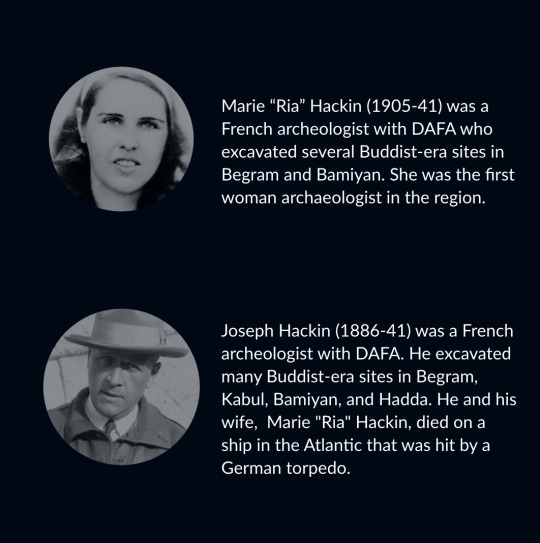
Marie "Ria" Hackin (1905-41) was a French archeologist with DAFA who excavated several Buddist-era sites in Begram and Bamiyan. She was the first woman archaeologist in the region.
Joseph Hackin (1886-41) was a French archeologist with DAFA. He excavated many Buddist-era sites in Begram, Kabul, Bamiyan, and Hadda. He and his wife, Marie "Ria" Hackin, died on a ship in the Atlantic that was hit by a German torpedo.
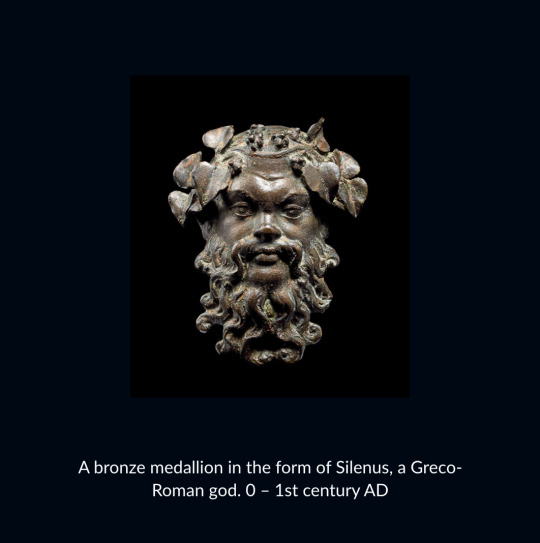
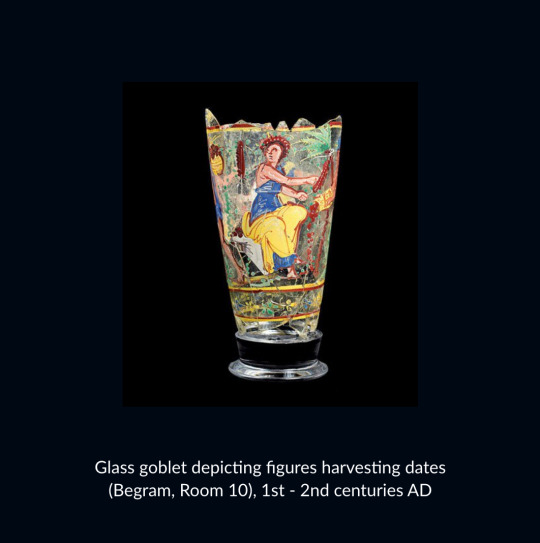
1 note
·
View note
Text
Oo ok so. This is (mostly) based on the musical
Bug is giving some kind of fucked up wild cat. Like the sun bear of cats. Maybe like a Geoffroy's cat that rolled around in garbage? For color, its basic but he's green. Like highlighter, sickeningly bright, toxic waste green.
Lydia is definitely some kind of corvid, like a jackdaw or magpie. For color she's deep, royal purple
Barbra is either some kind of deer or antelope type thing or like a mousey rodent. Maybe a california deermouse? And she's a soft, sunshiny yellow
Adam is also a rodent but like. Idk a marmot or something. Like some kind of creature that looks kind of like. A unit. You know what I mean. Like a brick of a nugget. For color he's either a cedar kinda brown or like sap yellowgreen
Delia could be a lyrebird. All weird and dramatic and annoying (I mean this affectionately!! Delia's my fav!!!) her color is magenta, or something else thats bold and pinkish and just a little bit jewel toned
Charles is like. A turtle. Maybe a snapping turtle? Or tortoise? Like a desert tortoise. His color is navy or some kind of dark blue
Beetlejuice fans. What animal do you associate with each of the main cast of characters? From the movie, cartoon, and/or musical
(Also perhaps colors too)
27 notes
·
View notes
Photo

The letter. Etching by Charles Geoffroy, based on the artwork of Narcisse Virgilio Diaz. From the anonymous book, Album des Beaux-Arts, published in 1843.
#curiosity#women#letter#black and white#correspondence#etching#charles geoffroy#narcisse virgiio diaz#beaux-arts#old books#books#books and reading#books and libraries#books and literature#books and illustration#books and authors#art and illustration
209 notes
·
View notes
Text









The kingdom of Valois, though still scarred by the ravages of the Great Famine, was on the brink of a new era. Prince Geoffroi, now thirteen years old, had spent the past two years training rigorously under the watchful eye of King Regent Charles. The young prince had matured beyond his years, absorbing knowledge and honing his leadership skills.
On his thirteenth birthday, Geoffroi strode into the throne room, his demeanor both youthful and resolute. King Regent Charles, his face etched with the weight of responsibility and the toll of the famine, looked up with a mixture of surprise and admiration. "You've grown, Geoffroi," he remarked, his voice barely a whisper.
"I'm ready, Charles," Geoffroi declared, his voice steady. "It's time to claim what is rightfully mine."
Charles hesitated, aware of the immense burden that would fall upon the young king's shoulders. "Are you certain, Geoffroi? The crown is a heavy weight to bear, especially in these troubled times."
Geoffroi nodded firmly. "The crown is mine by birthright. It's time to lead Valois out of the darkness and into a new age."
With a heavy heart, Charles acknowledged the young king's determination. He agreed to continue serving Valois, but as a counselor rather than a regent.
A simple coronation ceremony was held, a solemn affair marked by the weight of the kingdom's suffering. Geoffroi, now King Geoffroi I, was crowned, and the nobles swore their allegiance to their new ruler. The kingdom, though weary and weakened, placed its hopes in the young king. They prayed that he would be the beacon of hope they so desperately needed.
#sims 4#sims 4 gameplay#sims 4 history challenge#ts4#ultimate decades challenge#simblr#ts4 decades challenge#ts4 gameplay#ts4 legacy#ts4 simblr#sims 4 royal simblr#royal simblr#royal sims 4#royals#sidehousehold#house clarillot#1310s#1317
3 notes
·
View notes